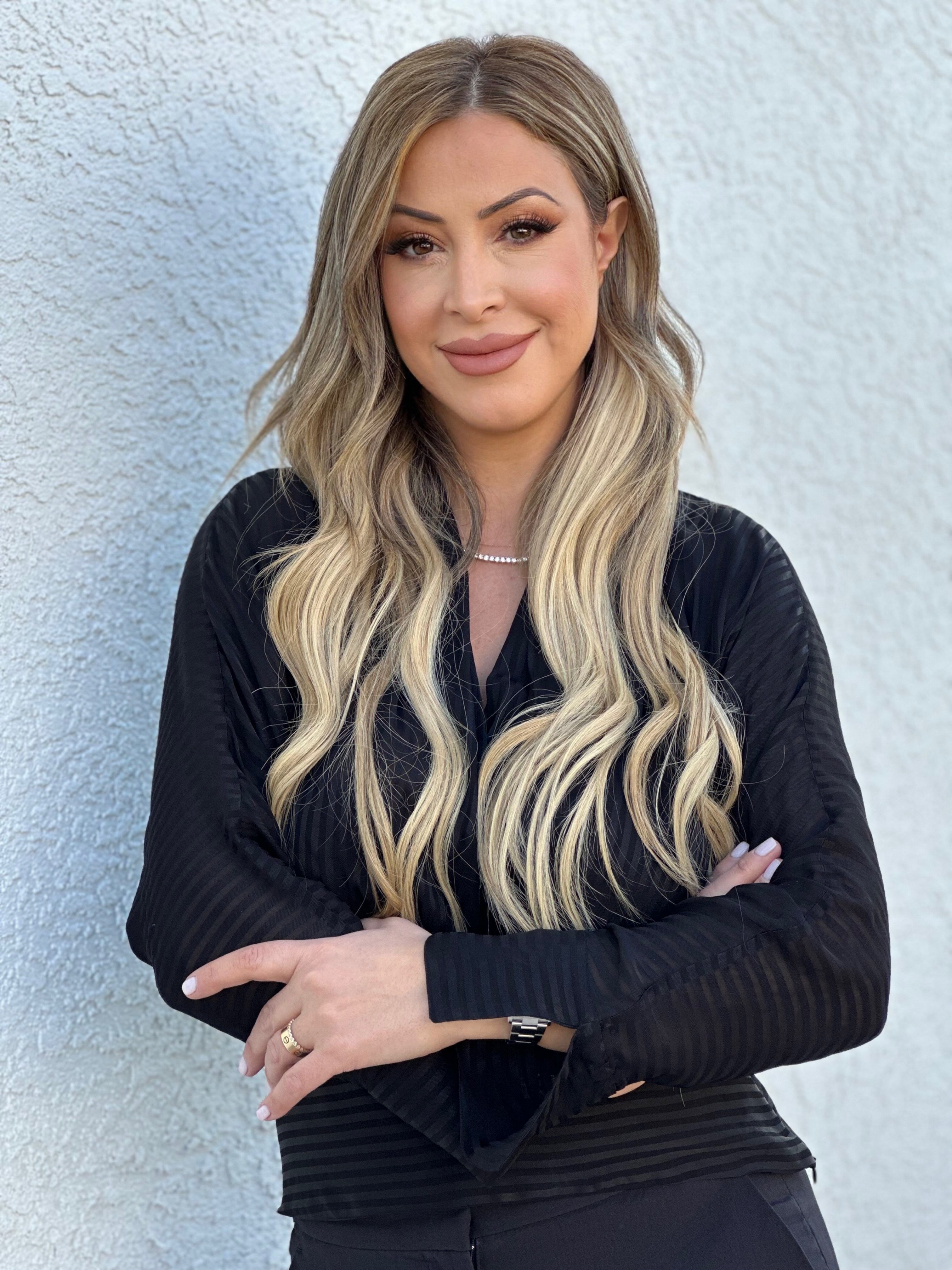- calendar_month March 20, 2025
As winter gives way to spring, millions of people around the world prepare to celebrate Nowruz, the Persian New Year. Rooted in over 3,000 years of history, Nowruz (meaning "New Day" in Persian) marks the spring equinox, symbolizing renewal, hope, and new beginnings. This vibrant festival is observed not only in Iran but also in parts of Central Asia, the Caucasus, the Middle East, and even by communities in North America and Europe.
The Origins of Nowruz
Nowruz has its origins in Zoroastrianism, one of the world’s oldest religions. The festival dates back to ancient Persia, when people honored the rebirth of nature and the triumph of light over darkness. Today, it remains a cultural, rather than religious, holiday, uniting people of diverse backgrounds in a shared celebration of life and renewal.
Preparations for Nowruz
The lead-up to Nowruz is just as important as the day itself. Families prepare by:
✔️ Khaneh Tekani (Spring Cleaning) – A deep cleaning of homes to remove negativity and welcome freshness.
✔️ Shopping for New Clothes – A symbol of renewal and a fresh start.
✔️ Chaharshanbe Suri (Festival of Fire) – On the last Wednesday before Nowruz, people jump over bonfires while chanting: "Give me your warmth, take away my sickness!" This ritual cleanses the soul and prepares for the new year.
The Iconic Haft-Seen Table
At the heart of Nowruz celebrations is the Haft-Seen, a beautifully arranged table with seven symbolic items, each starting with the Persian letter "S" (Seen):
- Sabzeh (Sprouted wheat or lentils) – Symbolizing rebirth and growth.
- Samanu (Sweet pudding) – Representing prosperity and patience.
- Senjed (Dried oleaster fruit) – A sign of love and wisdom.
- Seer (Garlic) – Symbolizing health and protection.
- Seeb (Apple) – Representing beauty and good health.
- Somagh (Sumac) – Signifying the sunrise and the triumph of good over evil.
- Serkeh (Vinegar) – A symbol of wisdom and aging.
Additional items often include a mirror (reflection and self-awareness), goldfish (life and movement), and coins (wealth and prosperity).
The New Year Feast & Festivities
On Nowruz day, families gather for a festive meal, often featuring dishes like:
🍛 Sabzi Polo Mahi (Herb rice with fish) – Representing renewal and abundance.
🍲 Kookoo Sabzi (Herb frittata) – A dish full of greens, symbolizing health.
🍬 Ajil (Mixed nuts and dried fruits) – For good luck and sweetness in the year ahead.
Many people also visit friends and relatives, exchange gifts, and give Eidi (money or gifts) to children as a symbol of good fortune.
Sizdah Bedar: The Final Celebration
Nowruz celebrations last for 13 days, ending with Sizdah Bedar, when families head outdoors for a day of picnicking and nature appreciation. It’s a time to let go of bad luck, as people throw their Sabzeh (sprouted greens) into running water, symbolizing the release of negativity.
Nowruz: A Universal Message of Hope
Nowruz is more than just a Persian tradition; it’s a universal celebration of life, renewal, and unity. No matter where you are in the world, the message of Nowruz remains the same—embrace new beginnings, cherish loved ones, and welcome the promise of a bright future.
✨ Nowruz Mobarak! ✨ (Happy New Year!)

